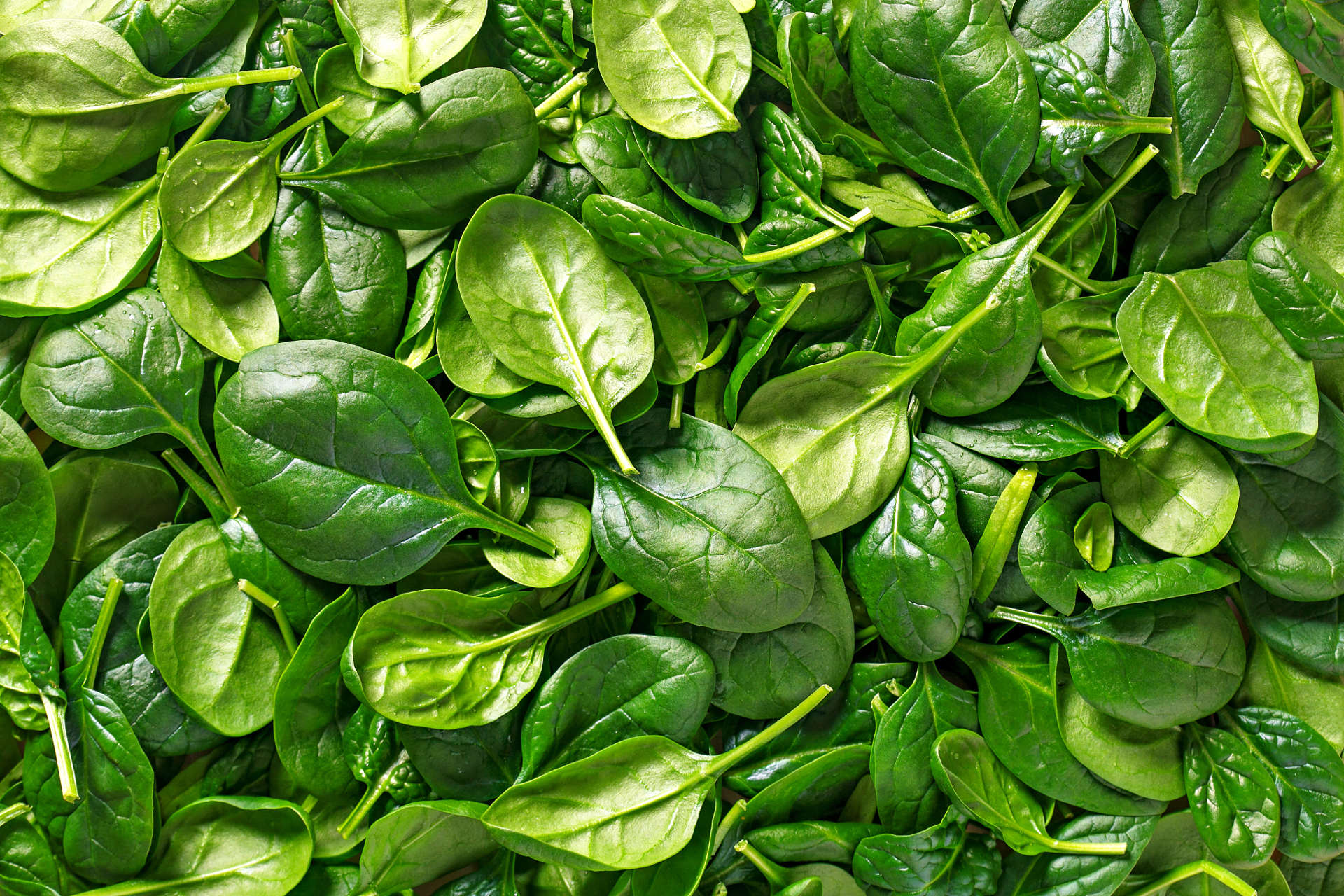
MIT researchers have developed a genetic tool that uses nanotechnology to improve plant genetic engineering in a bid to improve resistance to tough conditions, such as drought or fungal infections.
The nanotech genetic modification technique is applicable across all plant species, with researchers testing it in spinach, watercress, tobacco, arugula and Arabidopsis thaliana – a type of plant commonly used in research.
Current genetic modifications need to be customised to the specific plant species. This can make it a complex and time-consuming process.
“This is a universal mechanism that works across plant species,” said Michael Strano, the Carbon P. Dubbs Professor of Chemical Engineering at MIT.
How does the plant genetic engineering work?
To get the genetically modifying nanoparticles into plant membranes, researchers built upon previous research by Strano and his colleagues. In a method known as lipid exchange envelope penetration, or LEEP, scientists adjusted the size of nanoparticle’s electrical charge.
The goal of the latest research was to get genes into chloroplasts, the site at which photosynthesis takes place. The chloroplast contains around 80 genes that code for proteins required to perform photosynthesis.
With the new method, the MIT team created nanoparticles consisting of carbon nanotubes wrapped in a naturally occurring sugar known as chitosan.
Because the nanotubes are positively charged and DNA is negatively charged, the two bind loosely together.
Once bound, the DNA – containing the plant modification – is then injected into the plant using a needleless syringe.
Inside the leaf of the plant, the nanoparticles pass through the cell wall, cell membranes and then the double membrane of the chloroplast.
Here the slightly less acidic environment of the chloroplast causes the DNA to be freed from the nanoparticle, where it is then translated into proteins that modify the plant.
Researchers tested this with a yellow fluorescent protein so that the success of the modification was easily visible. They found that 47% of the plant cells produced the added protein, although they believe this figure could be higher if they could add more nanoparticles.
Resilient plants
The ultimate aim of plant genetic engineering is to increase crop yields, a goal that becomes increasingly important as the population grows and climate change makes growing conditions more challenging.
Notably, while the engineered genes can be passed to offspring, they cannot be transferred to other plant species. This eliminates the risk of a weed adopting genetically modified traits such as higher density or resilience.
“That’s a big advantage, because if the pollen has a genetic modification, it can spread to weeds and you can make weeds that are resistant to herbicides and pesticides. Because the chloroplast is passed on maternally, it’s not passed through the pollen and there’s a higher level of gene containment,” said scientific director of the DiSTAP program, and MIT graduate student Tedrick Thomas Salim Lew.
There is also the possibility that the technique can be extended to other types of nanomaterials.
The study was published in today’s issue of Nature Nanotechnology and funded by the National Research Foundation of Singapore and the Singapore-MIT Alliance for Research and Technology Center.
Read more: Biochemical modification could aid more resilient crops







